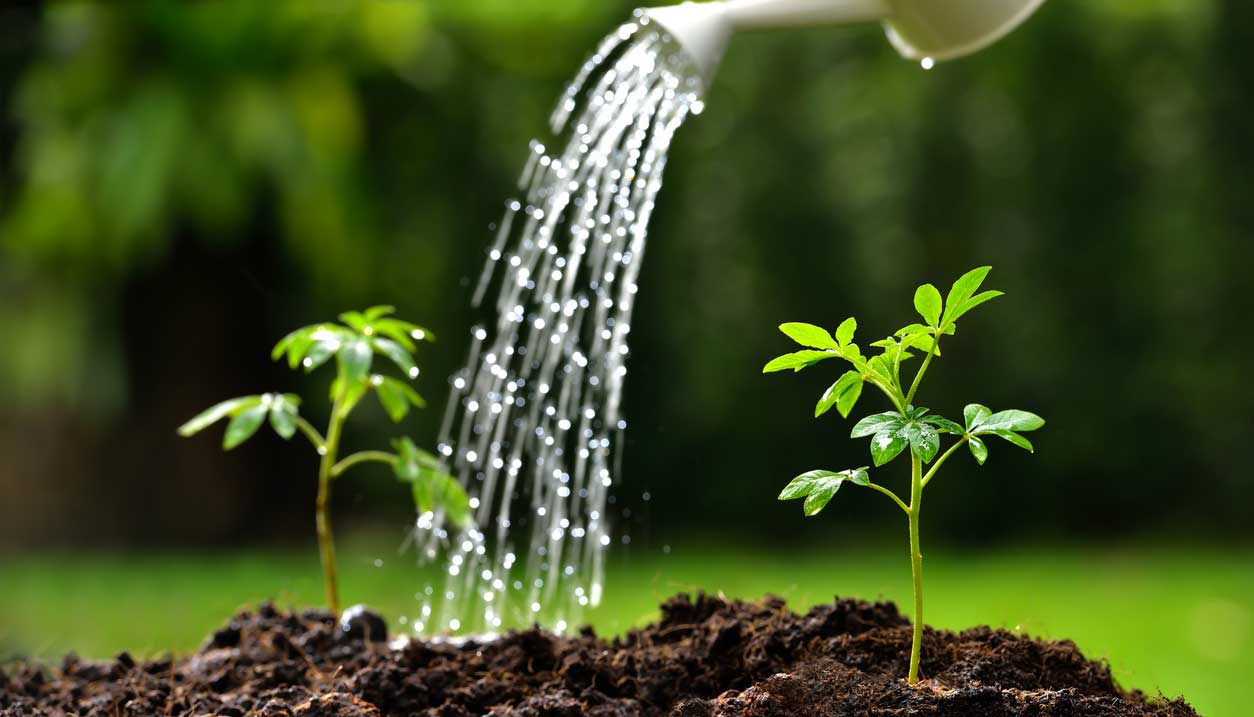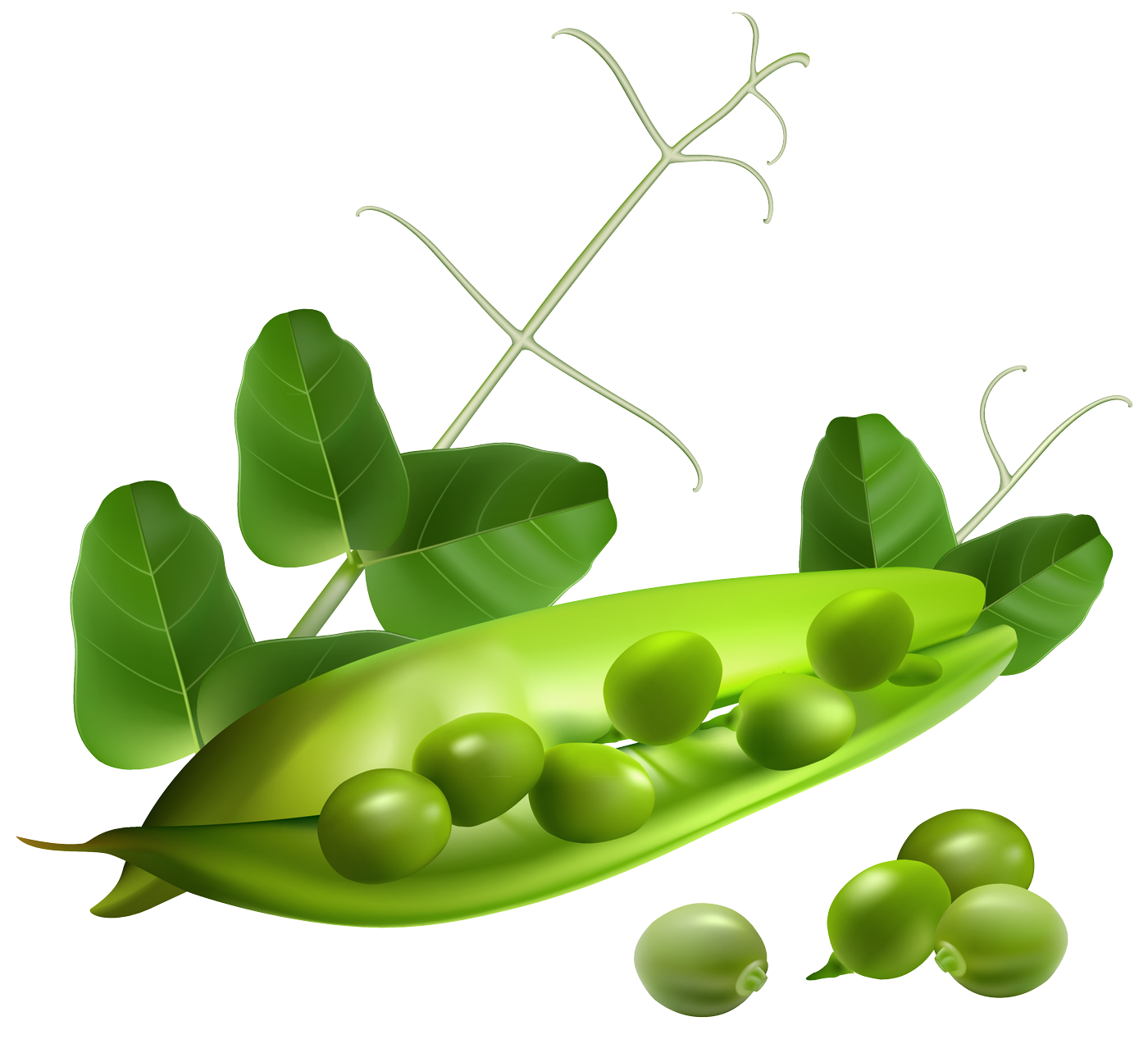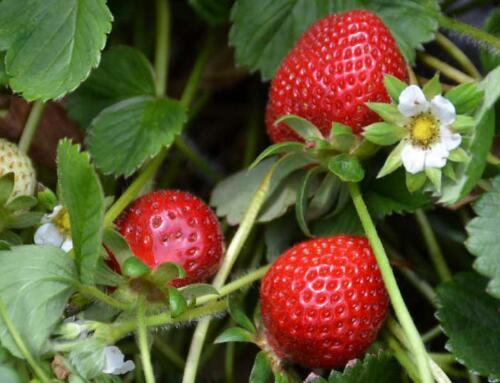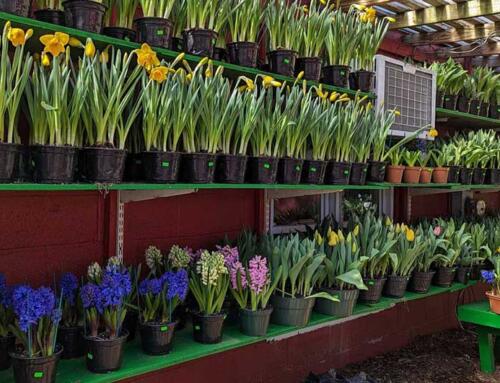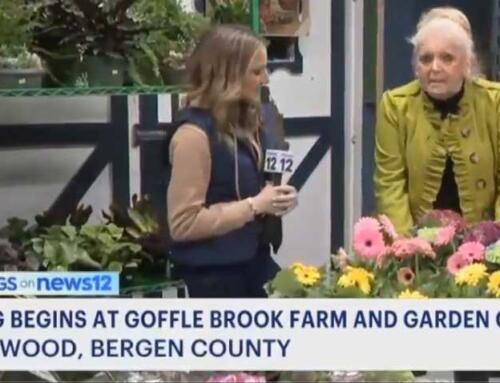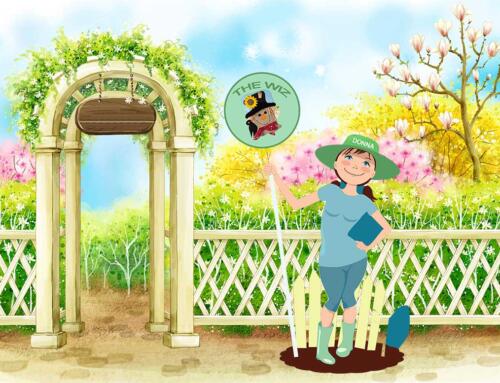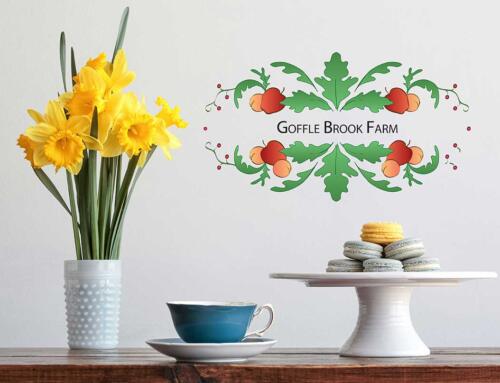What Can I Plant Now?
Planting spring vegetables and flowers is a task many gardeners relish. After spending a long winter indoors, gardeners are anxious to step outside and get their hands in the dirt. There’s a numerous variety of both vegetable and flower seeds that you can plant right now. With a stretch of warm and above average temperatures on the horizon, now’s the time to plant vegetable and flower seeds. But slow down a tad, don’t just rush out and buy two or three packs of this and that and toss them in the ground. In order to get the most out of your seedlings, there are a few things you should know and need to have on hand.
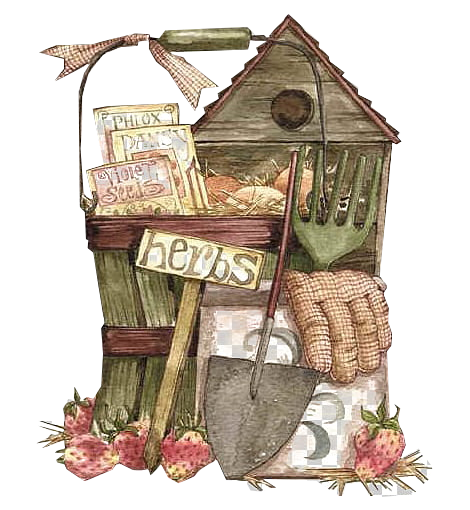 First and foremost you need to build (or in this case grow) upon a solid foundation, and that means amending your soil to maximize root growth and plant health. We recommend utilizing Bumper Crop Organic Soil Amendment to establish a growing medium within which your seedlings will flourish and as a result be more productive and yield more fruit, vegetable or flower. When planting seeds, dig your trench or hole slightly deeper than what is called for and place some of the soil amendment on the bottom, then plant your seeds to the desired depth and fill in with the soil amendment, slightly tamp the soil, water and cover with remaining soil.
First and foremost you need to build (or in this case grow) upon a solid foundation, and that means amending your soil to maximize root growth and plant health. We recommend utilizing Bumper Crop Organic Soil Amendment to establish a growing medium within which your seedlings will flourish and as a result be more productive and yield more fruit, vegetable or flower. When planting seeds, dig your trench or hole slightly deeper than what is called for and place some of the soil amendment on the bottom, then plant your seeds to the desired depth and fill in with the soil amendment, slightly tamp the soil, water and cover with remaining soil.
No matter what your gardening level is, there are a few absolutely essential tools. For starters, investing in some sturdy gardening gloves is vital. For example, coated gloves offer dexterity when performing tasks such as planting seeds. You should have a sturdy trowel is designed to cut through clods and dig deep to seeds, plant bulbs and annuals, or perennials.
So now that you have an idea of what you should do, make a list from the seed planting guidelines below and head on over to the garden center, bring the kids along because gardening is a great learning experience for them also, and pick up your seeds and whatever else you need. Our professional and knowledgeable staff will be happy to assist you and get you on the way to a “green thumb“.
FROST DATES FOR RIDGEWOOD, NJ
Last Spring Frost – April 22 • First Fall Frost – October 16
Vegetables and Herbs
A frost date is the average date of the last light freeze in spring or the first light freeze in fall.
The classification of freeze temperatures is based on their effect on plants:
Light freeze: 29° to 32°F (1.7° to 0°C)—tender plants are killed.
Moderate freeze: 25° to 28°F (3.9° to -2.2°C)—widely destructive to most vegetation.
Severe freeze: 24°F (-4.4°C) and colder—heavy damage to most garden plants.
Note that frost dates are an estimate based on historical climate data and are not set in stone. The probability of a frost occurring after the spring frost date or before the fall frost date is 30%, which means that there is still a chance of frost occurring before or after the given dates!
4 To 6 Weeks Before
2 To 4 Weeks Before
Baby Greens • Spinach
Broccoli
Cabbage – Head
Chamomile
Chevil
Chives
Endives
Mustard
Onion – Bulb
Onion – Shallot
Parsley
Peas
Summer Radish
Rutabaga
Arugula
Baby Greens
Bok Choy
Beets
Carrot
Catnip
Collards
Leek
Lettuce
Mesclun
Swiss Chard
Turnip
Watercress
Wild Bergamot
1 To 2 Weeks Before
Borage
Cauliflower
Celery
Chinese Broccoli
Cilantro
Dill
Kale
Marjoram
Sorrel
Romanesco – broccoli
Flowers and Ornamentals
4 To 6 Weeks Before
2 To 4 Weeks Before
Bluebonnet
Columbine
Feverfew
Flax Blue | Breezy
Gaillardia
Larkspur
Lavender
Mustard
Lupine Pixie Delight
Pansy
Poppy
Snapdragon
Sweet Pea
Viola
Bee Balm
Bells of Ireland
Black Eyed Susan
Bluebells California
Calendra
Cleome
Echinacea
Flower Mix
Love In A Mist
Milkweed
Phlox
Shasta Daisy
Verbascum
Verbena
1 To 2 Weeks Before
African Daisy
Alyssum
Bachelor’s Button
Carnation
Chinese Lantern
Coreopsis
Flax – scarlet
Forget Me Not
Ice Plant
Linaria
Painted Daisy
Salpiglossis
Direct Sowing: Starting Seeds Outdoors
Prepare Soil – Use a rake or hand fork to loosen soil. Break apart large soil clumps, and remove debris, such as sticks, rocks and roots. Add amendments to soil, such as fertilizer and organic matter, to create the most ideal growing situation. Finish by creating a level surface.
Dig In – Most seed packets describe planting depth. The rule of thumb is to plant at a depth equal to three times the seed diameter. There are exceptions. Some seeds require light to germinate and should rest on top of soil. Press such seeds firmly against soil using a board or trowel to ensure that moisture cradles the seeds.
Moisture Matters – After planting, water seeds with a gentle mist or shower. Avoid using a strong splash or spray, which can dislodge seeds. It’s vital to keep soil consistently moist. In a sunny spot, this may mean watering twice a day.
Stake The Spot – Mark planting areas, especially if they’re tucked between existing plantings. Use garden markers, stakes and string, tall sticks, plastic cutlery — anything that clearly defines where seeds are buried.
Identify Seedlings – Learn what your seedlings will look like so you don’t mistakenly pull them as weeds. Some seed packets show seedling appearance; you can also find illustrations or photos online. When in doubt, let the seedling remain until you know for sure if it’s friend or foe.
Thin Seedlings – Thin seedlings as directed on the seed packet. You’ll disturb roots less if, instead of pulling seedlings you’re removing, you snip seedlings at the soil line with a fingernail or a tiny pair or snips or scissors.
Watch For Pests – Keep an eye out for and protect seedlings against Slugs, Snails, Cutworms and other insect pests.

